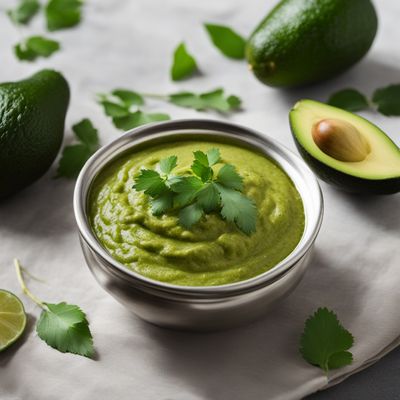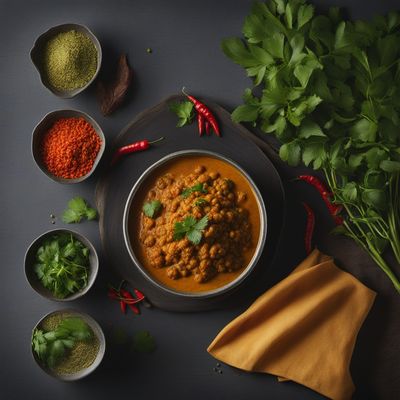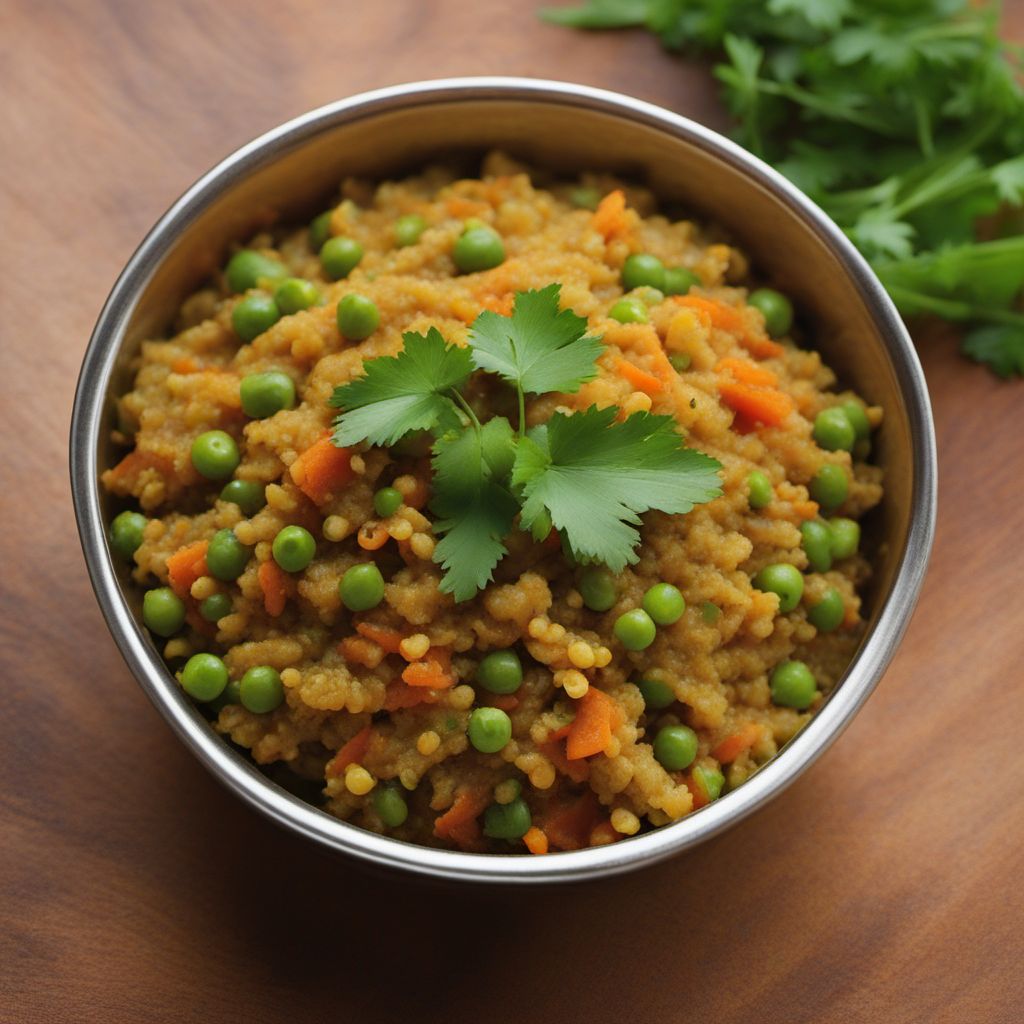
Recipe
Classic Vegetable Upma
Savory Delight: A Wholesome Twist to Indian Breakfast - Classic Vegetable Upma
4.7 out of 5
Classic Vegetable Upma is a traditional Indian breakfast dish that originated in South India. It is a flavorful and nutritious dish made with semolina (also known as rava or sooji), vegetables, and aromatic spices. This recipe is a perfect balance of textures and flavors, making it a popular choice for breakfast or brunch.
Metadata
Preparation time
15 minutes
Cooking time
15 minutes
Total time
30 minutes
Yields
4 servings
Preparation difficulty
Easy
Suitable for
Vegetarian, Vegan (replace ghee with vegetable oil), Gluten-free (ensure the semolina is labeled gluten-free), Dairy-free, Low-fat
Allergens
Mustard seeds, Split urad dal (skinned black gram lentils), Chana dal (split Bengal gram lentils)
Not suitable for
Paleo, Keto, High-protein, Low-carb, Nut-free
Ingredients
-
1 cup (200g) semolina (rava or sooji) 1 cup (200g) semolina (rava or sooji)
-
2 tablespoons ghee or vegetable oil 2 tablespoons ghee or vegetable oil
-
1 teaspoon mustard seeds 1 teaspoon mustard seeds
-
1 teaspoon cumin seeds 1 teaspoon cumin seeds
-
1 tablespoon split urad dal (skinned black gram lentils) 1 tablespoon split urad dal (skinned black gram lentils)
-
1 tablespoon chana dal (split Bengal gram lentils) 1 tablespoon chana dal (split Bengal gram lentils)
-
8-10 curry leaves 8-10 curry leaves
-
2 green chilies, finely chopped 2 green chilies, finely chopped
-
1 medium onion, finely chopped 1 medium onion, finely chopped
-
1 small carrot, finely chopped 1 small carrot, finely chopped
-
1/4 cup green peas 1/4 cup green peas
-
1/4 cup finely chopped bell pepper 1/4 cup finely chopped bell pepper
-
1 teaspoon grated ginger 1 teaspoon grated ginger
-
Salt to taste Salt to taste
-
2 cups (470ml) water 2 cups (470ml) water
-
Fresh cilantro, for garnish Fresh cilantro, for garnish
Nutrition
- Calories (kcal / KJ): 250 kcal / 1046 KJ
- Fat: 8g (1g saturated)
- Carbohydrates: 38g (6g sugars)
- Protein: 6g
- Fiber: 4g
- Salt: 1g
Preparation
-
1.Heat ghee or vegetable oil in a pan over medium heat.
-
2.Add mustard seeds and cumin seeds. Let them splutter.
-
3.Add split urad dal and chana dal. Sauté until they turn golden brown.
-
4.Add curry leaves, green chilies, and chopped onion. Sauté until the onion becomes translucent.
-
5.Add chopped carrot, green peas, bell pepper, and grated ginger. Cook for 2-3 minutes.
-
6.Add semolina and roast it on low heat until it turns golden brown and gives off a nutty aroma.
-
7.In a separate saucepan, bring water to a boil.
-
8.Slowly pour the boiling water into the roasted semolina mixture, stirring continuously to avoid lumps.
-
9.Add salt to taste and mix well.
-
10.Cover the pan and cook on low heat for 5-7 minutes or until the upma is cooked and the water is absorbed.
-
11.Garnish with fresh cilantro and serve hot.
Treat your ingredients with care...
- Semolina — Roasting the semolina before cooking enhances its flavor and prevents the upma from becoming lumpy.
- Curry leaves — Curry leaves add a distinct aroma to the dish. If fresh curry leaves are not available, you can use dried curry leaves as a substitute.
Tips & Tricks
- To make the upma more flavorful, you can add a pinch of asafoetida (hing) while tempering the spices.
- For a variation, you can add roasted cashews or peanuts for a crunchy texture.
- Adjust the spiciness by adding more or fewer green chilies according to your taste preference.
- Serve the upma hot to enjoy its best flavors.
- Leftover upma can be refrigerated and reheated the next day. Add a little water while reheating to restore its moisture.
Serving advice
Serve the Classic Vegetable Upma hot in individual bowls. Garnish with fresh cilantro for added freshness. Accompany it with coconut chutney, tomato chutney, or pickle for a complete and satisfying breakfast experience.
Presentation advice
To enhance the presentation, you can shape the upma into small round molds or serve it in a traditional Indian brass bowl. Sprinkle some roasted cashews or grated coconut on top for an appealing visual touch.
More recipes...
For Upma
More Indian cuisine dishes » Browse all

Masala papad
Masala papad is a popular Indian snack that is easy to make and delicious to eat. It is made by topping a crispy papad with a spicy mixture of...
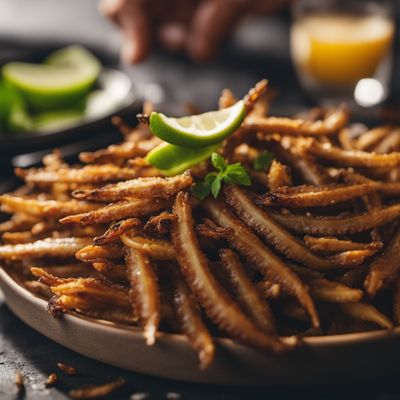
Anchovy 65
Crispy fried anchovies
Anchovy 65 is a spicy and crispy Indian appetizer made with anchovies. It is a popular dish in South Indian cuisine and is often served as a snack...
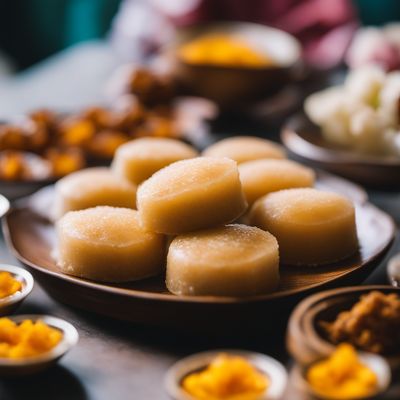
Pitha
Pitha is a traditional dessert from Bangladesh that is typically served during festivals and special occasions. It is a sweet, sticky rice cake...




